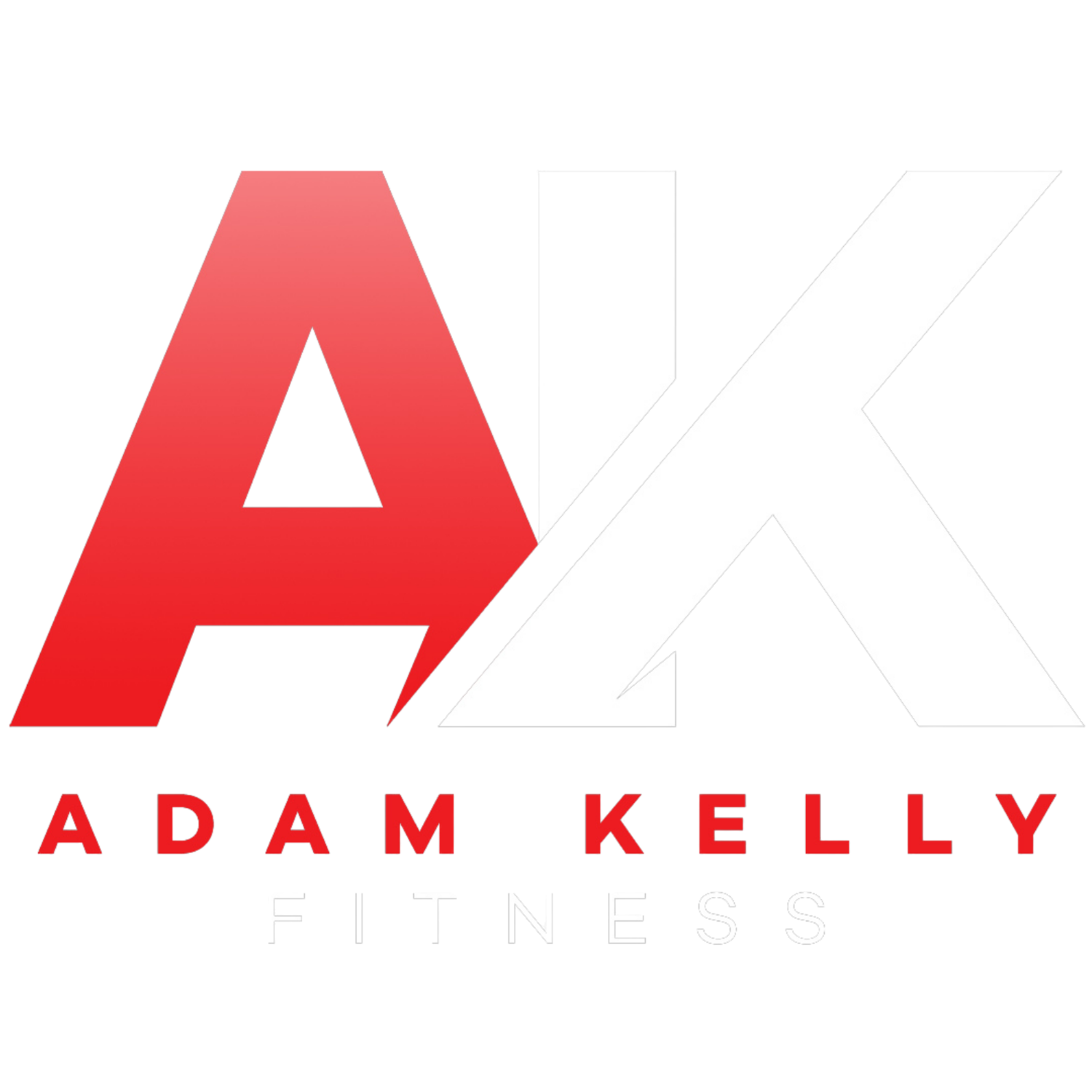The Power of Progressive Overload: Unlocking Muscle Growth!
When it comes to building muscle, one principle stands tall above the rest: progressive overload. It's a concept that forms the foundation of muscle growth and is essential for anyone embarking on their body transformation journey.
Whether you're a beginner or an experienced lifter, understanding and implementing progressive overload can take your results to new heights. In this blog post, we'll explore the power of progressive overload and how you can use it to unlock remarkable muscle growth.
What is Progressive Overload?
Progressive overload refers to the gradual increase in stress placed on your muscles over time. It involves consistently challenging your body by increasing your workouts' intensity, volume, or difficulty. By pushing your muscles beyond their comfort zone, you create a stimulus that triggers adaptation, leading to muscle growth and strength gains.
To understand why progressive overload is crucial, let's briefly delve into the science behind muscle growth. Tiny micro-tears occur within the muscle fibre when you apply a stimulus to your muscles via resistance training. Your body responds to this stimulus by repairing and reinforcing the damaged fibres, making them stronger and more resilient. This process is known as muscle hypertrophy.
However, for muscle growth to continue, you need to keep providing new challenges to your muscles. If you keep lifting the same weights or performing the same number of repetitions, your muscles will adapt and reach a plateau. This is where progressive overload comes into play.
How to incorporate progressive overload into your gym routine:
Increase Weight: One way to apply progressive overload is by gradually increasing the amount of weight you lift. As your muscles become stronger, you need to challenge them with heavier loads to continue making progress. Aim to increase the weight by small increments, such as 2-5% per week, to avoid risking injury and ensure steady progress.
Add Repetitions: Another approach is to increase the number of repetitions you perform with a given weight. As your muscles adapt to a particular weight, performing additional reps can provide the necessary stimulus for further growth. Start by adding one or two repetitions per set and gradually progress over time.
Adjust Sets and Volume: Manipulating the number of sets and overall training volume is another effective way to apply progressive overload. By increasing the number of sets or exercises performed for a specific muscle group, you can challenge your muscles to a higher workload, stimulating growth.
Enhance Training Intensity refers to how close you are lifting to your maximum capacity. Techniques such as drop sets, supersets, or incorporating advanced training methods like pyramid sets or cluster sets can ramp up the intensity of your workouts. These techniques help push your muscles to their limits, triggering growth responses.
Focus on Rest and Recovery: Adequate rest and recovery are vital components of progressive overload. Muscles need time to repair and grow stronger after intense workouts. Ensure you prioritise sleep, allow for rest days, and provide your body with proper nutrition to optimise the recovery process.
Tracking Progress
To effectively implement progressive overload, it's essential to track your progress. Keep a workout log or use a fitness app to record your weights, reps, and sets. This way, you can monitor your performance and ensure that you consistently challenge yourself and progress over time.
Progressive overload is the key to unlocking muscle growth and maximising your body transformation journey. By gradually increasing the demands you place on your muscles, you create a continuous stimulus for adaptation and growth.
Remember to implement the various strategies we discussed, track your progress, and always strive for consistent improvement. Embrace the power of progressive overload, and watch as your muscles respond with remarkable gains and strength.
p.s Click below to access my FREE 8-WEEK TRAINING PROGRAM that will help you navigate the gym in the gym by having structure, clarity and focus for your workout.
